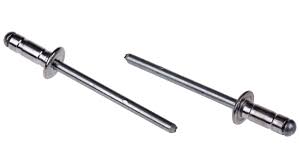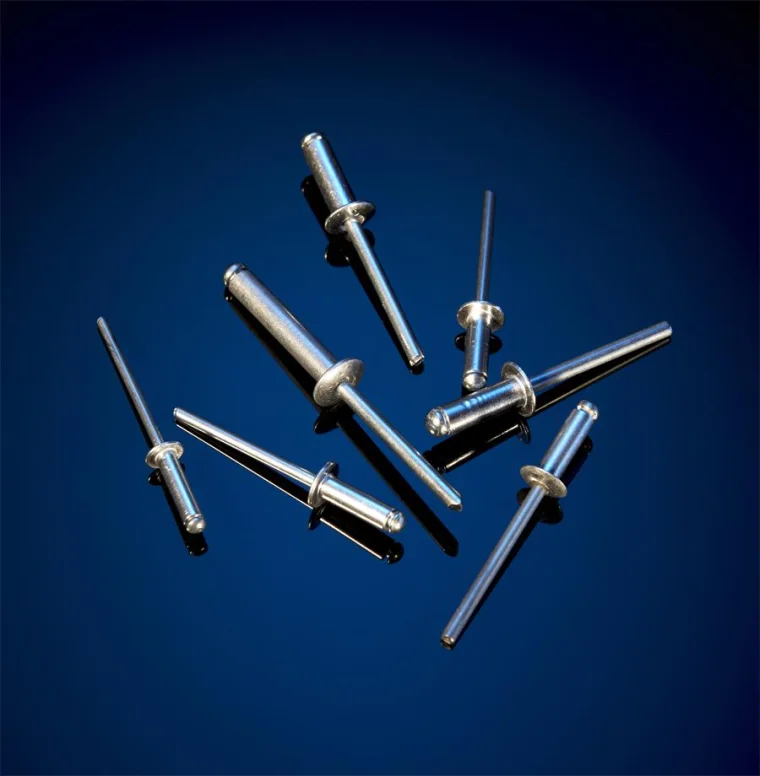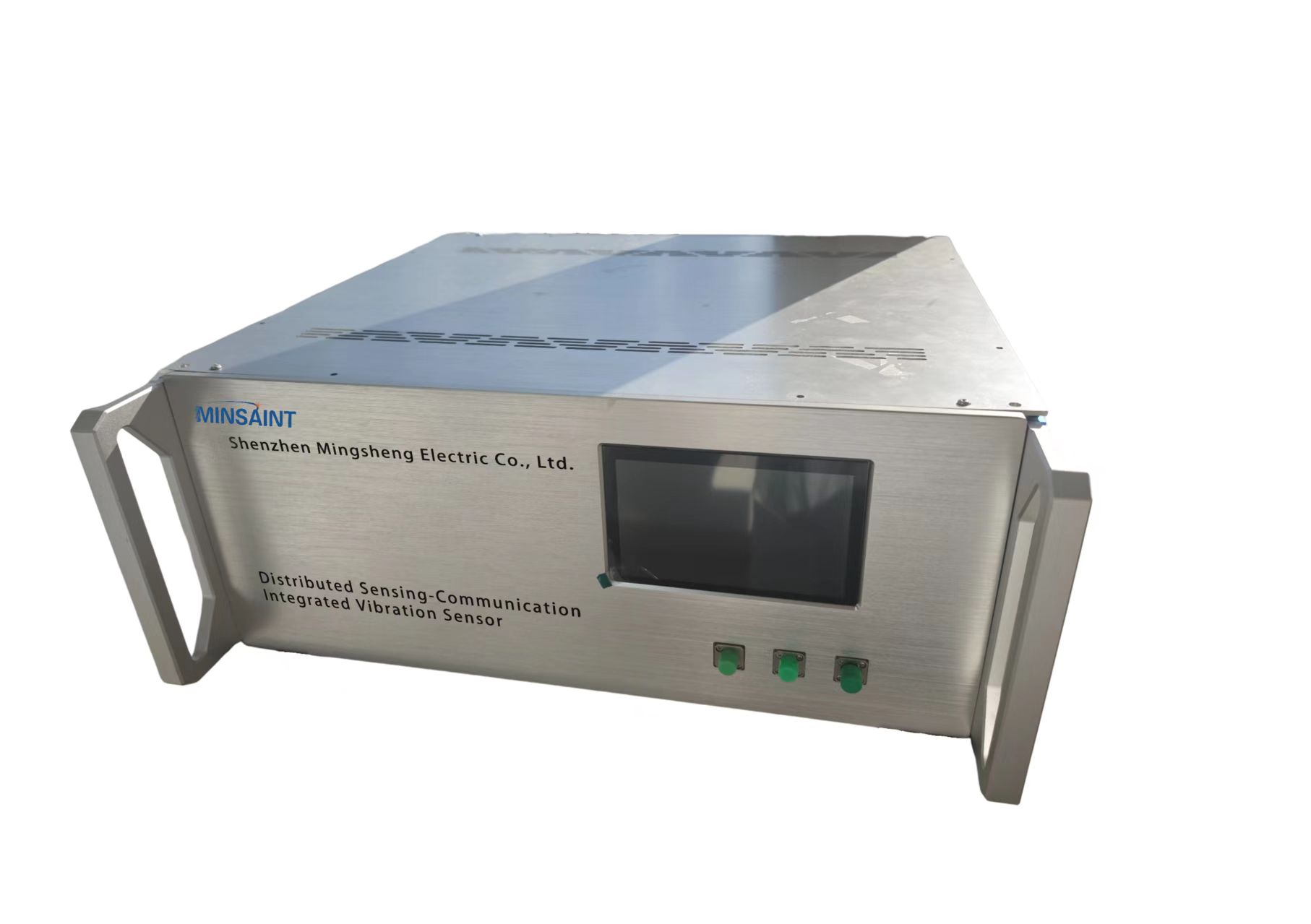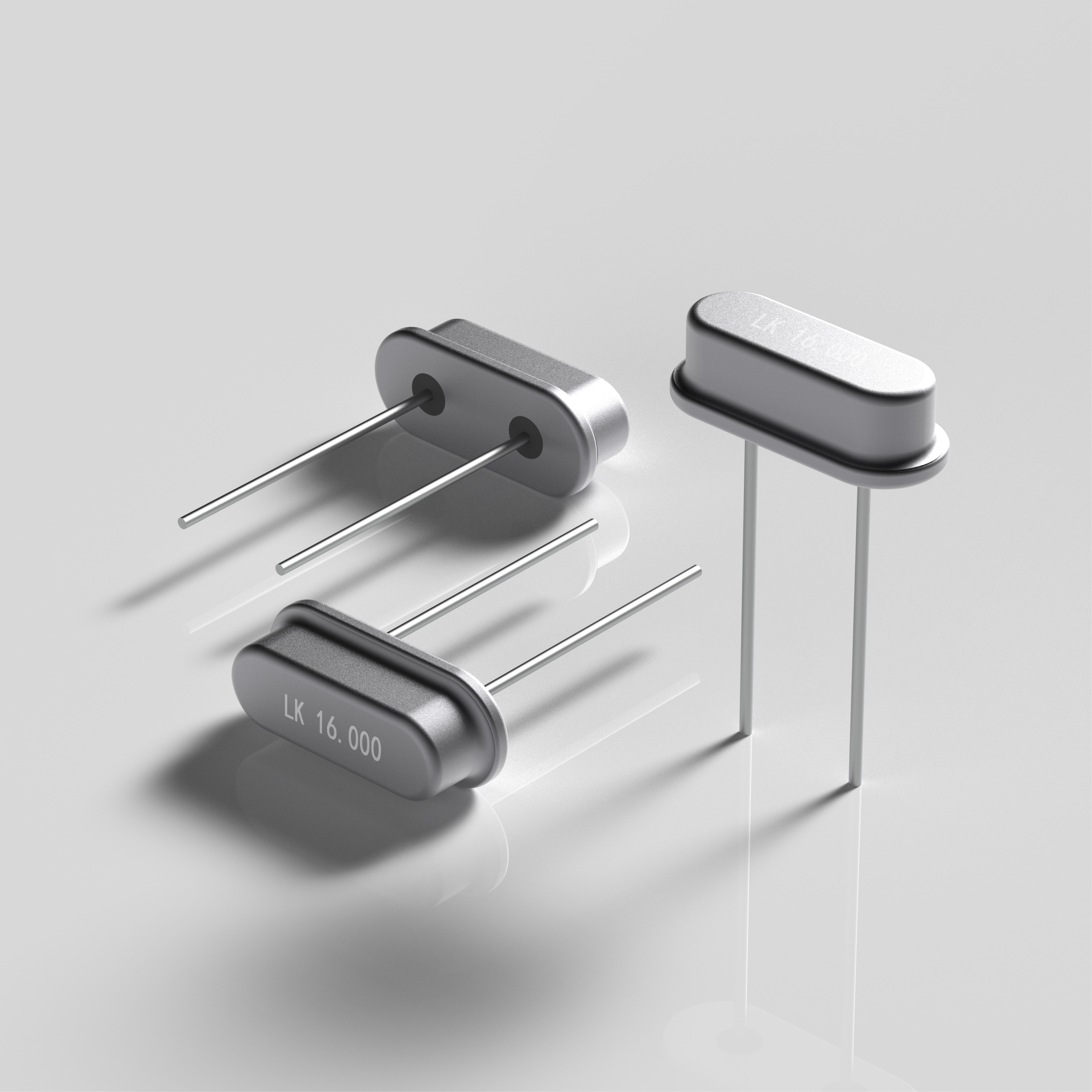Did you know that blind rivets, a seemingly small component, play a crucial role in various industries worldwide? These fasteners offer a simple yet effective solution for joining materials efficiently. Whether you're working on automotive projects, aircraft construction, or DIY home repairs, blind rivets provide a reliable and secure connection that is easy to install. With their versatility and strength, blind rivets are the go-to choice for professionals and enthusiasts alike. Discover how these unassuming fasteners can elevate the quality and durability of your projects.
Understanding Blind Rivets
Definition
Blind rivets are fasteners used to join two materials together when you can only access one side. These rivets consist of a mandrel, sleeve, and hat, offering a permanent and secure connection.
Blind rivets are called so because they can be installed from one side, making them ideal for situations where accessing both sides is impossible. The installation process involves inserting the blind rivet into a pre-drilled hole and using a tool to pull the mandrel, expanding the sleeve to grip the materials tightly.

Installation Process
To install blind rivets, simply follow these steps:
-
Insert the blind rivet into the hole.
-
Position the tool over the mandrel.
-
Squeeze the tool's handles to pull the mandrel through, expanding the sleeve.
-
Once fully expanded, break off the excess mandrel for a secure connection.
Advantages in Applications
Using blind rivets offers several advantages in various applications such as:
-
Ease of installation: Quick and straightforward installation process without requiring specialized skills.
-
Cost-effective solution: Affordable fastening option compared to other methods.
-
Versatility: Suitable for joining different materials like metal, plastic, and wood efficiently.
Exploring Blind Hole Rivet Options
Open End
When considering blind hole rivet options, open end blind rivets are a popular choice due to their simplicity. These rivets feature a mandrel that pulls into the rivet body, expanding it and creating a secure fastening. With various sizes available to suit different hole sizes, they offer versatility in applications.
Open end blind rivets are ideal for situations where you need a quick and efficient fastening solution. Their ease of use makes them suitable for both amateur DIY projects and professional applications. The ability to set these rivets with a simple hand tool adds to their convenience.
Multi-Grip
Another option to explore is multi-grip blind rivets, which provide versatility in terms of accommodating varying hole sizes. These rivets have a unique design that allows them to work effectively in oversized or irregularly shaped holes. This feature makes them highly adaptable for different drilling scenarios.
Multi-grip blind rivets are commonly used in industries such as automotive, aerospace, and construction. Their ability to handle a range of drilling challenges makes them valuable in situations where precision and reliability are crucial. Whether you are working on thin or thick materials, these rivets offer a reliable fastening solution.

Diving into Blind Rivet Head Styles
Dome Head
When it comes to blind rivets, the dome head style is a popular choice. This type of rivet features a rounded head that provides a neat finish. The dome head offers good load-bearing capacity, making it suitable for various applications.
Large Flange
Large flange blind rivets are distinguishable by their wide heads, offering increased bearing surface and pull-through resistance. These rivets are ideal for applications requiring a stronger grip on softer materials or when joining materials with larger holes.
Countersunk Head
In specific applications where a flush finish is essential, countersunk head blind rivets shine. These rivets sit flush with the material surface once installed, reducing aerodynamic drag in aerospace applications and preventing snagging in consumer goods.
Blind rivet head styles play a crucial role in determining the functionality and aesthetics of your fastening solution. By choosing the right head style such as dome, large flange, or countersunk head, you can ensure a secure and visually appealing outcome for your project.
Selecting the Right Material for Blind Rivets
Steel
When choosing blind rivets, consider steel for its high tensile strength and durability. Steel rivets are ideal for heavy-duty applications due to their robust nature.
Aluminum
For applications requiring lightweight materials, aluminum blind rivets are a popular choice. They offer corrosion resistance and are easy to install, making them versatile.
Monel
Consider Monel blind rivets for projects where corrosion is a concern. Monel rivets excel in harsh environments, offering excellent resistance to saltwater and chemicals.
Stainless Steel vs. Copper
When deciding between stainless steel and copper blind rivets, evaluate the application's requirements. Stainless steel provides superior strength and corrosion resistance, suitable for demanding conditions. On the other hand, copper rivets are preferred for their electrical conductivity and aesthetic appeal in decorative applications.
Selecting the right material for blind rivets is crucial to ensure the longevity and performance of your project. Consider factors such as material thickness, grip range, and environmental conditions when making your decision. By choosing the appropriate material, you can enhance the efficiency and durability of your blind rivet connections.
Applications of Blind Rivets
Home Projects
Blind rivets are versatile fasteners, ideal for various applications in your home projects. Use them to secure metal, wood, or plastic components with ease.
In home renovations, blind rivets simplify tasks like attaching curtain rods, mounting shelves, and securing door handles. They offer a quick and efficient solution for your DIY endeavors.
Structural Uses
For more robust applications, such as machinery and electronics, consider utilizing fold rivets. These specialized blind rivets provide enhanced strength and durability for structural integrity.
When assembling heavy-duty equipment or electronic enclosures, structural rivets ensure a secure bond that can withstand high stress and vibration levels. They are crucial for maintaining the stability of your machinery.
Decorative Applications
In addition to their functional roles, blind rivets can also serve decorative purposes in interior design. Use colored rivets to add a pop of flair to your wall and ceiling d茅cor.
Step-by-Step Installation Guide for Blind Rivets
Use the Installation Tool
To begin, measure the size of the hole where you will be placing the blind rivet. Ensure that the installation tool matches the diameter of the rivet.
Once you have the correct size, insert the rivet into the installation tool. Make sure it is secured properly to avoid any issues during installation.
Inserting the Rivet
Position the tool over the pre-drilled hole and press firmly. The rivet should pass through effortlessly due to its design, expanding on the blind side securely.
After inserting it, apply pressure until you hear a distinct "pop" sound, indicating that the rivet has successfully expanded and fastened your materials together.
Completing the Installation
Lastly, trim off any excess mandrel protruding from the installed rivet. This step ensures a clean finish and prevents any sharp edges that could cause harm.
Now that you have completed these three simple steps, you can admire your work knowing that installing blind hole rivets is a straightforward process with effective results.
Tips for Safe Usage of Blind Rivets
Wear Appropriate Safety Gear
When using blind rivets, ensure that you wear the necessary safety gear. This includes safety glasses to protect your eyes from any flying debris.
Inspect Rivets Before Usage
Before starting any project with blind rivets, inspect each rivet for any defects or damages. Using faulty rivets can lead to structural failures.
Avoid Overloading Rivets
To prevent accidents, make sure you do not overload the blind rivets beyond their specified capacity. Overloading can cause them to fail prematurely.
Common Mistakes to Avoid
-
Applying excessive force during installation can damage the rivet.
-
Not properly cleaning the work surface can affect the rivet's grip.
-
Using the wrong size or type of blind rivet for the application can lead to inefficiency.
Summary
You've now gained a comprehensive understanding of blind rivets, from their types and head styles to material selection, applications, installation guides, and safety tips. Armed with this knowledge, you're ready to confidently tackle riveting projects with precision and efficiency. Remember to choose the right blind rivet type and material based on your specific application requirements. Ensure proper installation following the step-by-step guide to guarantee a secure and long-lasting bond. By incorporating these tips into your riveting practices, you can enhance the quality and durability of your projects while maintaining a safe working environment.
Now that you're equipped with valuable insights into blind rivets, go ahead and put your newfound knowledge into action. Start exploring different blind rivet options for your upcoming projects and witness the impact of using the right techniques for successful outcomes. Stay informed, stay safe, and enjoy seamless riveting experiences!

Frequently Asked Questions
What are blind rivets commonly used for?
Blind rivets are commonly used in applications where the back of the workpiece is inaccessible. They provide a secure fastening solution without needing access to both sides of the material.
How do I choose the right blind rivet head style for my project?
Select the head style based on your specific requirements such as aesthetics, strength, and accessibility. Dome head rivets offer good strength, while countersunk head rivets provide a flush finish ideal for applications requiring a smooth surface.
Can blind rivets be installed without special tools?
Yes, blind rivets can be installed using manual hand tools or pneumatic rivet guns. However, using a proper tool ensures consistent and reliable installations while reducing the risk of errors.
Are blind rivets suitable for outdoor applications?
Blind rivets made from corrosion-resistant materials like aluminum or stainless steel are suitable for outdoor use. Ensure you select the appropriate material based on the environmental conditions to ensure longevity and performance.
Do blind rivets require maintenance after installation?
Once properly installed, blind rivets typically do not require maintenance. However, periodic inspections to check for any signs of loosening or corrosion are recommended to ensure continued structural integrity.
TianFang Fastener
luluwu.tf@foxmail.com




